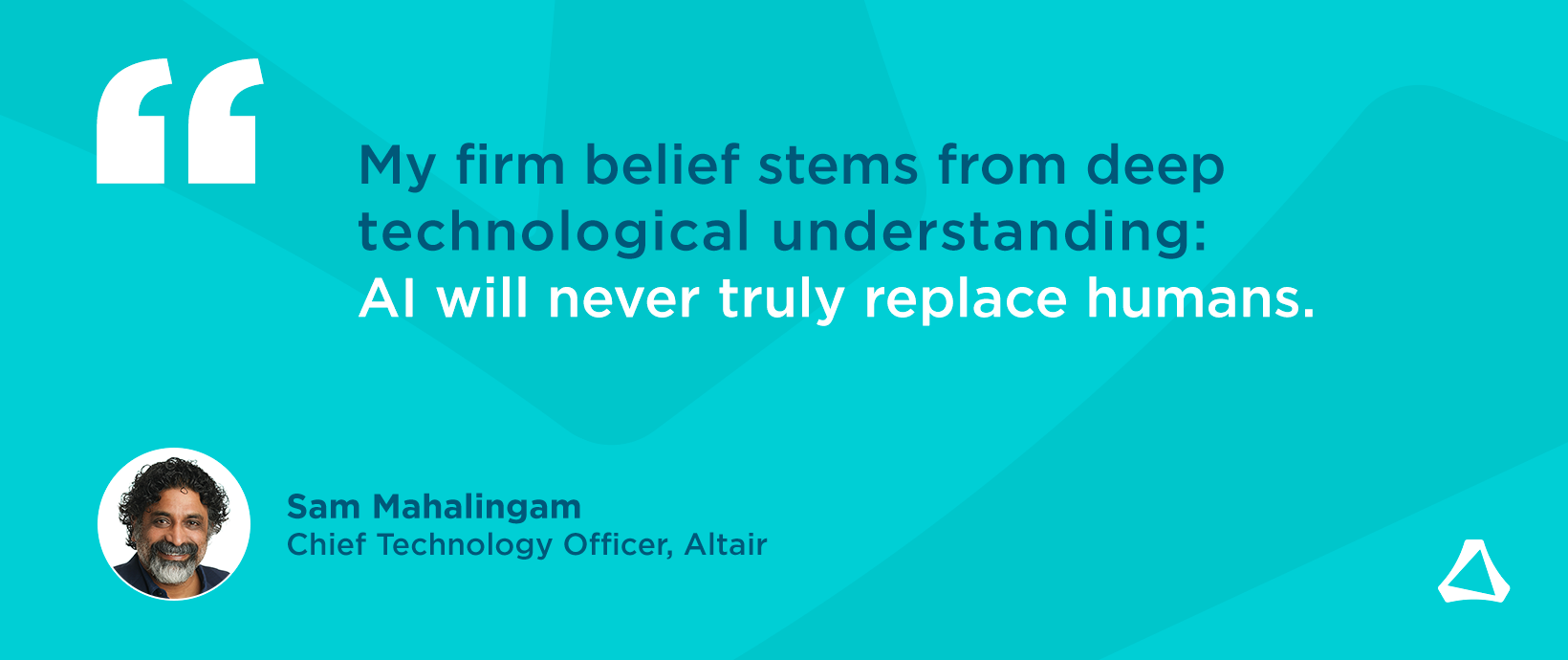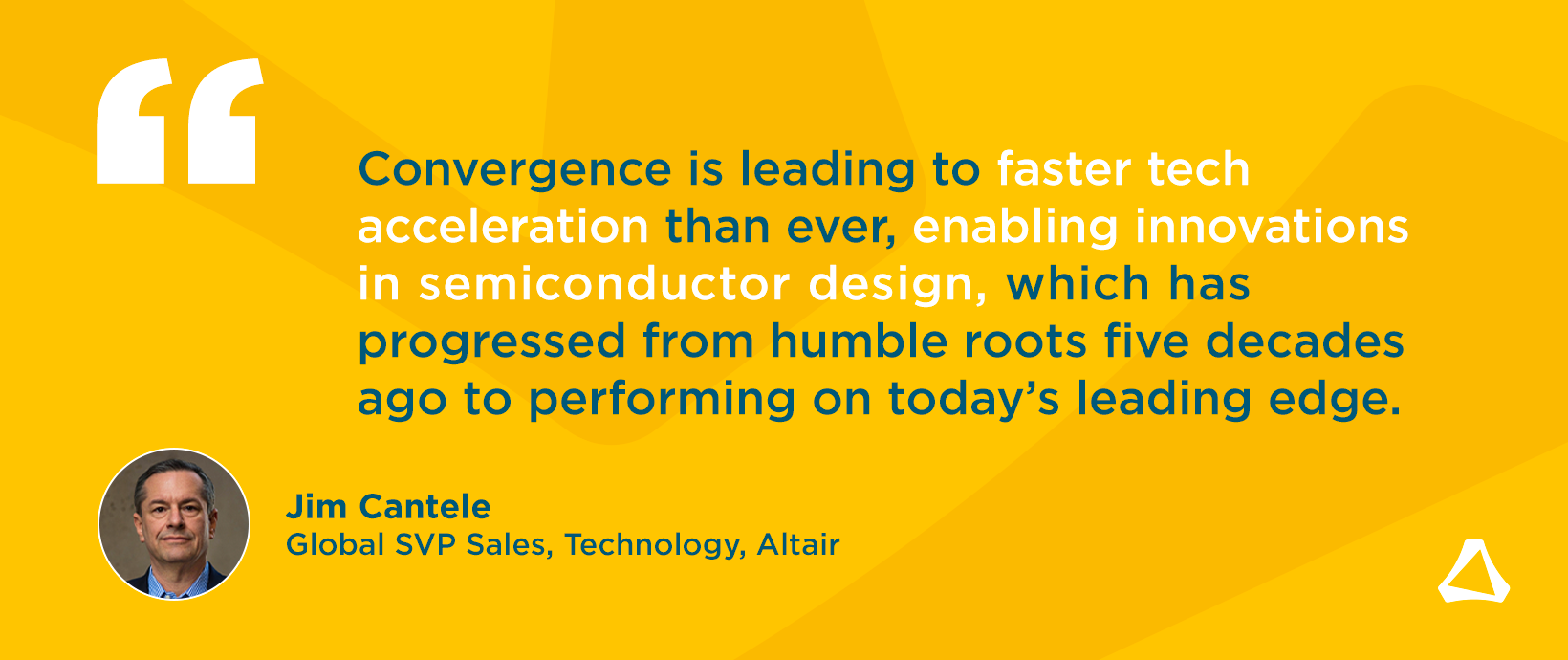The Transition to Electric Vehicles

To successfully mitigate climate change’s worst effects, the science is clear: We must transform the ways we live, work, and move. Few industries face greater challenges than the automotive industry. Make no mistake – the automotive industry has revolutionized modern life. People today are more mobile than ever in both their personal and professional lives. But the time has come to rapidly change the ways in which modern automotive vehicles operate. If we are to meet global environmental goals and avoid climate-driven economic, environmental, and humanitarian crises, we must innovate.
Recently, I had the opportunity to give my thoughts on the future of electric vehicles (EVs) and the automotive market in general alongside respected experts at the forefront of automotive’s electric transformation. Below, I will summarize the three main ideas discussed.
The Challenges of Transitioning to an Electric Future
To begin, the panelists and I examined how governments and companies around the world are adamant in their commitment to creating an automotive industry powered by EVs. While I believe the transition to EVs is already happening – especially as new players like Tesla and Rivian emerged – regulations and policy have further incentivized automakers to dive headfirst into the electric future.
In the U.S., the Biden-Harris administration has announced new standards and policies aimed at creating new EV infrastructure, supporting EV manufacturing, and incentivizing the purchase of EVs via tax credits and grants. In addition, last year’s Inflation Reduction Act also contains incentives such as tax credits, grants, and loans for manufacturers, consumers, and local governments that incentivize EV-related purchases and infrastructure.
Other countries and regions around the world also offer a variety of benefits and policies that incentivize EV manufacturing and use. In Europe, many countries exempt EV owners from road tax payments, and some countries (including local provinces/municipalities) provide other benefits such as free parking, registration tax exemptions, purchase subsidies, and more. Many similar incentives exist in Asia, and countries like China, Japan, Singapore, and Sri Lanka have made pledges to have electric vehicles comprise 100% of new vehicle sales in the coming decades. And in Norway, the EV future has arrived, where about 80% of new cars sold are battery-powered.
But major hurdles remain. I believe that, counterintuitively, the largest of these problems are business problems – not technology problems. I have faith that the crucial technology that powers EVs (batteries, electric components, e-motors, etc.) will continue to develop. The tricky part for automakers, especially executive decision-makers, is that they will have to allocate spending and development between traditional internal combustion engines and EVs.
This problem will be pronounced among large, legacy automakers who must balance between selling and developing their bread-and-butter internal combustion engine vehicles while staying competitive in the emerging EV market. In many respects, these automakers will have a foot in both worlds. They will have to determine how to get both feet into the EV-powered future in a way that is both profitable and timely.
On the other hand, newer EV-focused startups will also face challenges. They will have to compete for brand recognition, consistency, scale, and profitability among not just other startups, but also legacy automakers who will increasingly play in the EV space. Breaking into the automotive industry has always been difficult, but now there are even more challenges since the technology is still developing. In essence, the question for startups and newer, less-established automakers will be: What do we bring to the table that nobody else can offer?
Making the Transition to Electric Vehicles Accessible
The transition to EVs also must be accessible. When I say accessible, I mostly mean affordable. EVs are great, but right now, they are too expensive for many people. In addition, people also have concerns around battery range, charging availability, and safety that disincentivize them from considering EVs as their next vehicle. Like any vehicle, automakers must focus on driving down weight and costs, especially around key vehicle elements such as the propulsion system and battery. This is where some technical challenges remain.
The panel discussed how EVs must be light and easy to power, which gives them more range and effectively extends battery life. As one panelist noted, EVs are already proving their worth in the commercial fleet space, where they use less energy, require less maintenance, and are more cost-efficient than traditional internal combustion engine vehicles. This creates significant cost savings from a business perspective, despite the higher upfront cost of EVs. That said, most people will not notice these benefits in their day-to-day life right away because they won’t be as scrupulous as major businesses around costs per mile or per charge. This means a steep upfront cost may make them more hesitant to make the switch to electric.
There is also work to be done to expand charging access and ease. Luckily, there is some progress on this front, as companies are beginning to standardize components and processes that will make charging easier, more available, and more affordable. A great example is the recent news that General Motors and Ford will partner with Tesla to implement Tesla’s North American Charging Standard (NACS) charging technology for their EVs starting in 2025. This means GM and Ford customers will be able to access 12,000 additional charging stations around the country. It also moves the market and encourages other automakers to get on board with this technology, which will only make charging more accessible. These are positive steps, but there is still more work to do.
And, beyond EVs themselves, accessibility also extends into the way our cities and spaces are designed. For example, a recent New York Times article described a shortage of charging stations near dense, multi-family housing complexes in Norway. Moreover, the article discussed how residents there are spending more time at gas stations since charging takes longer than filling up a tank, and how the heavier vehicles are causing more road abrasion – which increases certain air particulate matter. As an industry and as a society, we must ensure our environments and amenities make it easy, convenient, and healthy for citizens to adopt EVs. No matter where someome lives or where they are traveling, we must ensure they have the resources they need at their disposal.
In short, the EV must become a vehicle for the many, not the few. The automotive industry must continue to lower the barrier to entry for potential EV buyers. We will be doing ourselves and the climate a major disservice if we don’t create a market where those who want to buy an EV can do so without having to break the bank.
Simulation, Data, HPC, and AI’s Role in the Electric Vehicle-Powered Future
At Altair, we have long been at the forefront of tools that help automakers design and manufacture EVs. Our simulation, high-performance computing (HPC), and artificial intelligence (AI) solutions allow automakers to design lighter, faster, safer, and more efficient vehicles than ever before. They also help automakers slash design times (for example, through virtual validation), reduce physical prototyping with digital twin technology, cut weight and materials with lightweighting initiatives, and save time and money throughout the development lifecycle.
By streamlining the development and testing process – and by helping them create better vehicles – Altair directly helps automakers reduce their carbon footprint. I love talking about our technology and what it can do. But I wouldn’t be doing so if it didn’t have such a massive role to play in the automotive industry now and in the future.
As one panelist noted, vehicles used to have just three or four computers in them – now, they have three or four dozen. Today and moving forward, vehicles are going to be all about data and computational intelligence. This includes real-world road data and data gathered during virtual/physical testing, along with the HPC infrastructure needed to enable it all.
Automakers must have hardware and software that allows them to gather, organize, and act on their data so they can hasten the development process and create better designs. Altair provides all the tools automakers need to do this, from providing world-class HPC resources to industry-leading digital twin solutions and more.
The panel also discussed the broader implications of a data and software-driven EV future as well. There are still many questions we need to consider that will allow organizations and governments to make the transition to EVs smoother and safer. For example, will companies share safety data so all organizations and governments can utilize and learn from this data? Will companies create a standardized set of regulations and guidelines to help streamline EV development and research?
These questions and more will have a massive impact on the industry’s future. But one thing is constant – automakers will need to have tools that give them comprehensive capabilities from start to finish. Through Altair’s complete toolset powered by our vision of convergence, we look forward to helping create a greener, more sustainable automotive industry.
Conclusion
The automotive industry has long played an outsized role in global greenhouse gas emissions – and it can write a new chapter in its history by making safe, efficient, and affordable EVs the global standard. The stakes are high and global goals are ambitious, but I believe we can get there before our carbon budget runs out. I can proudly say that Altair is helping customers (from battery makers, small suppliers, up through mega suppliers and OEMs) have a hand in the decarbonization of the automotive industry, and I look forward to the impact our solutions and tools will have in the coming years.
To learn more about Altair’s automotive solutions, visit https://altair.com/automotive. To learn more about the Altair Enlighten Award, the automotive industry's only award dedicated to lightweighting and sustainability, visit https://altair.com/enlighten-award. And to learn more about Altair’s sustainability efforts, visit https://altair.com/sustainability.




